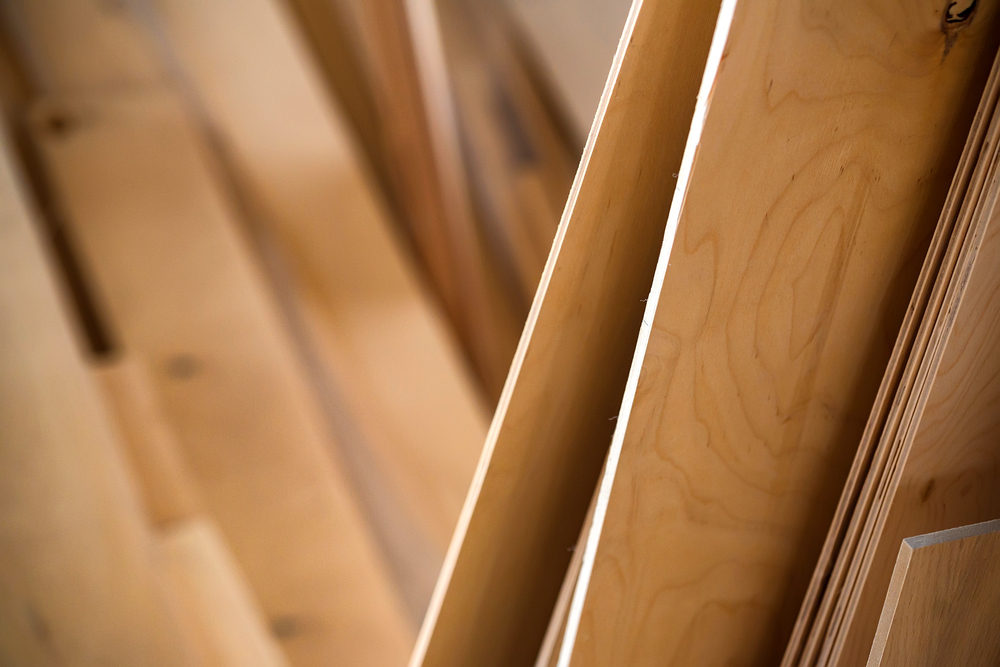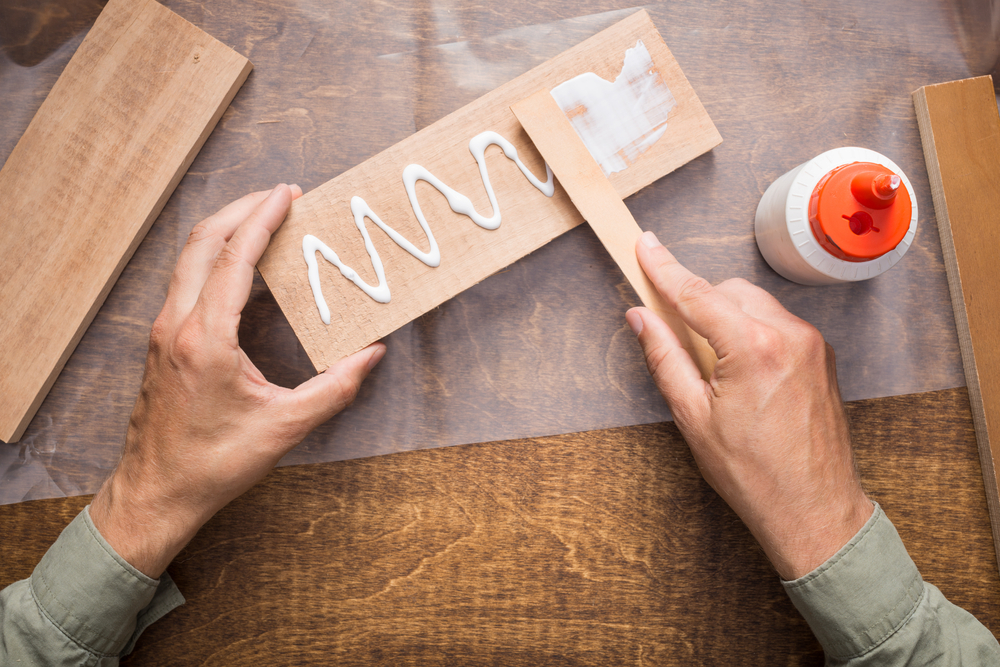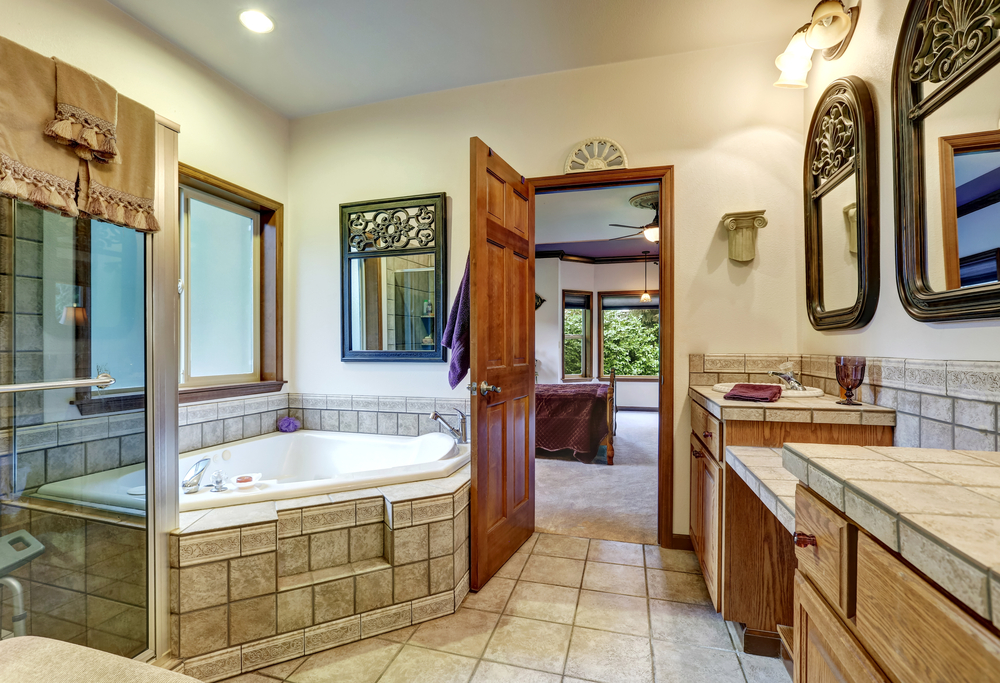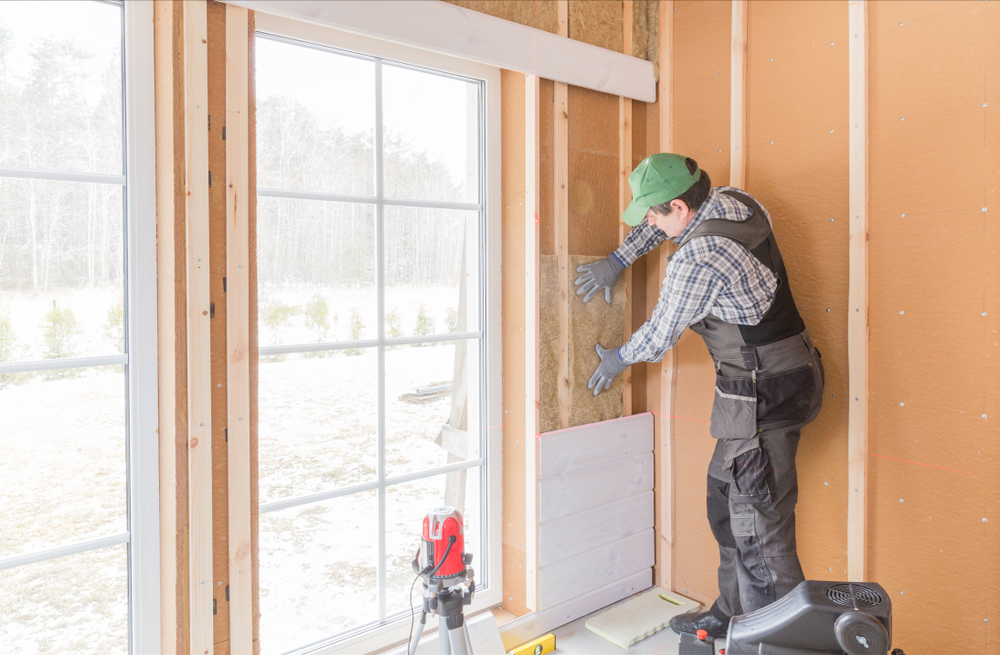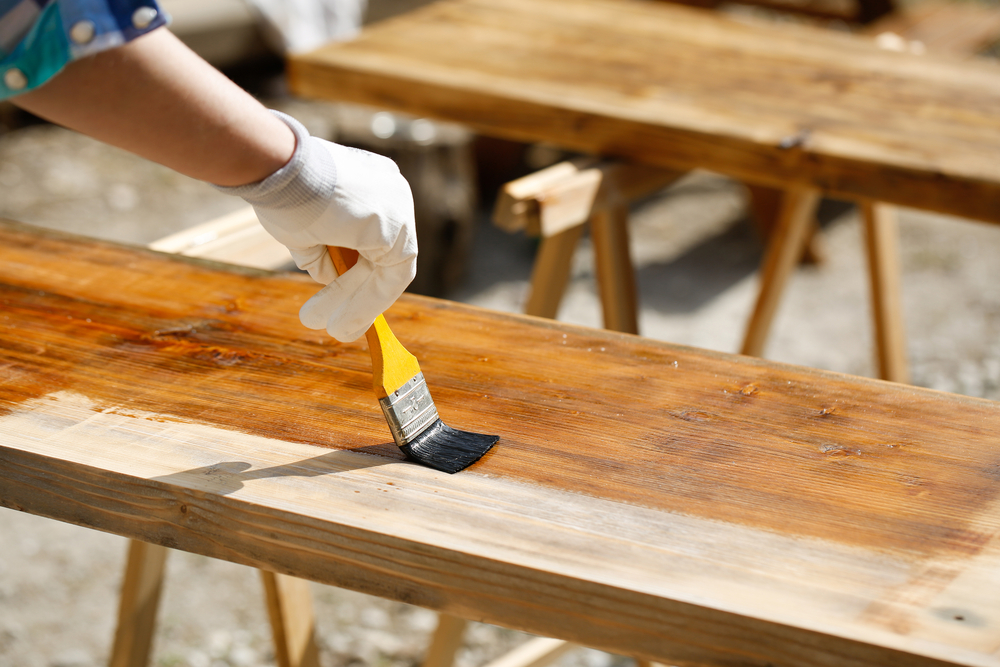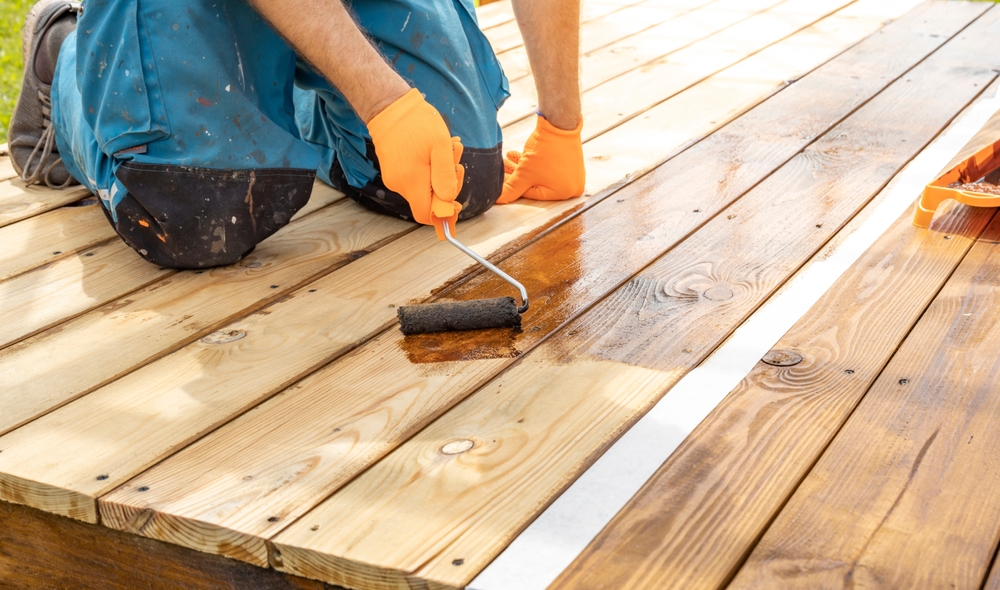Laundry Box Height
When setting up a laundry space, the height of the laundry box plays an important role in its functionality. A well-placed laundry box improves convenience and efficiency. Several factors will determine the ideal height for a laundry box, including user preferences, laundry room layout, and the type of washing machine used.
Standard Height Recommendations
The standard height for a laundry box is typically around 42 to 48 inches from the floor. This height range suits most people, providing easy access without needing to bend over or stretch too high. It also aligns well with the standard height of washing machines, which are typically 36 inches tall.
Ergonomics and User Convenience
User convenience is an essential consideration. Placing the box at an accessible height prevents strain on the back and shoulders. Ergonomics plays a vital role, particularly if the laundry room is used frequently. For a more customized approach, measure the height at which you naturally feel comfortable placing and retrieving items. This personalized height can sometimes differ slightly from the standard recommendations.
Types of Washing Machines
Front-loading and top-loading washing machines require different heights for optimal placement of laundry boxes:
- Front-loading machines: Front-loading machines necessitate a slightly higher placement for the laundry box. Since these machines have a washing drum that opens from the front, positioning the laundry box at about 42 to 45 inches above the floor usually provides ease of access.
- Top-loading machines: Top-loading machines can accommodate a lower height. Positioning the laundry box 40 to 42 inches above the floor complements these devices well, allowing users to transfer laundry without straining their arms or back.
Installing the Laundry Box
Correct installation ensures the laundry box functions properly. Follow these steps for proper setup:
- Mark the desired height at which the box will be placed on the wall.
- Ensure the placement aligns with existing plumbing setups or make necessary adjustments.
- Secure the box using appropriate mounting brackets and fasteners to ensure it stays stable and secure.
- Connect to the plumbing system, ensuring all connections are tight and leak-free.
Considerations for Limited Spaces
Small or uniquely shaped laundry rooms may require creative solutions. In such cases, adjustable or multi-functional laundry boxes can offer versatility. For instance, installing a foldable shelf below the laundry box can provide added workspace without taking up extra room. Another option is to integrate the laundry box within cupboards or behind sliding doors to maintain a sleek appearance.
Building Codes and Regulations
Always check local building codes and regulations. These codes may dictate specific heights and installation practices, particularly for multi-family residences or commercial establishments. Ensuring compliance not only adheres to the law but also guarantees safety and functionality.
Accessibility Requirements
For homes with accessibility needs, such as wheelchair users, the height might need adjustment. Consider the height of the user’s reach and the height of the wheelchair. Generally, lowering the laundry box to about 34 inches from the floor can offer better accessibility. Consulting with an occupational therapist can also provide valuable insights for setting up an accessible laundry space.
Maintaining the Laundry Box
Regular maintenance ensures longevity and functionality. Check connections periodically for leaks or wear. Clean the box and surrounding area to avoid soap and lint buildup, which can lead to blockages and reduced airflow. Simple routine checks can save on costly repairs and ensure a smooth laundry experience.
Height Adjustments Over Time
Life circumstances change, and with them, so might the ideal laundry box height. Families grow, users age, and physical abilities evolve. Consider the flexibility of potential height adjustments during the initial installation. Opting for adjustable brackets or systems can make future modifications simpler and more cost-effective.

